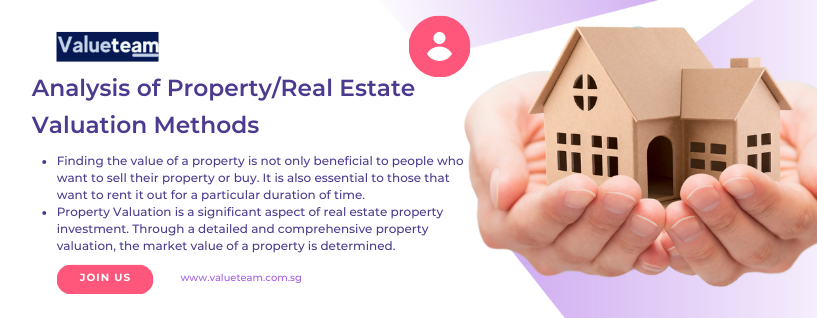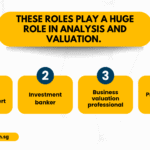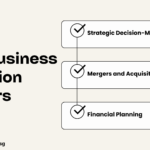Every home owner or company owner wants to get the right price from the sales of his home or company. For this to be done, the value of such property must be determined.
Importance of property valuation
Some of the importance of finding the value of your home or company are:
To get the correct value of your home or company valuation methods below should be used:
As stated above, this is one of the common methods of determining the value of a property. It is also called the market data approach or sales comparison approach. It is used commonly in finding the value of properties such as shops, warehouses, houses, offices, and companies.
Several property features must be looked into while using this valuation method to find the value of a real estate property. They include the size, location, and condition of the property. Then look for these features mentioned above in many similar properties and compare them to determine your property’s valuation.
This is a method of determining the value of a property when the property does not have comparable sales transactions or rentals. It is used often to find the value of hotels, bars, nursing homes, and restaurants rather than residential properties. It is a method used in finding a company’s net profit.
Here, a property investor or potential buyer should not buy a property whose purchasing price is higher than building or rebuilding another similar property. This method is used for both commercial and residential properties. It is often used for properties built but not sold, such as hospitals, government buildings, schools, and religious institutions.
This valuation method is used on vacant land with development and redevelopment potential. To determine such properties value, the calculation below is used.
Land or property = Construction + Profit + Fees (Gross Development value). This means that the buying price, property, or land is determined from the GDV – Gross Development value.






